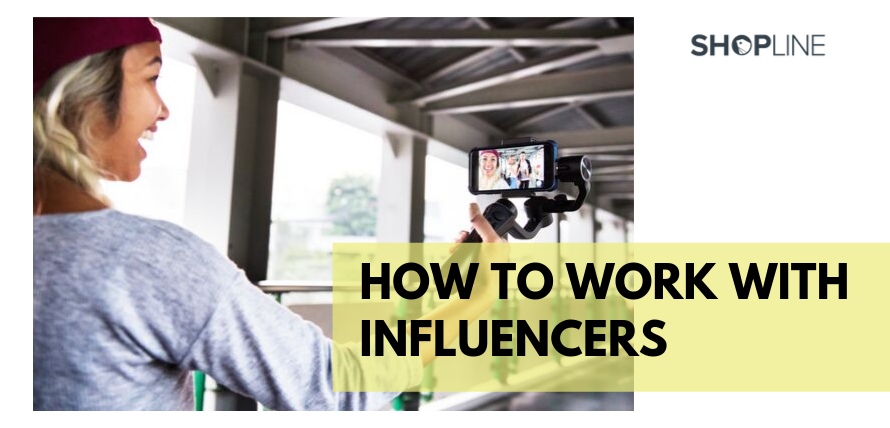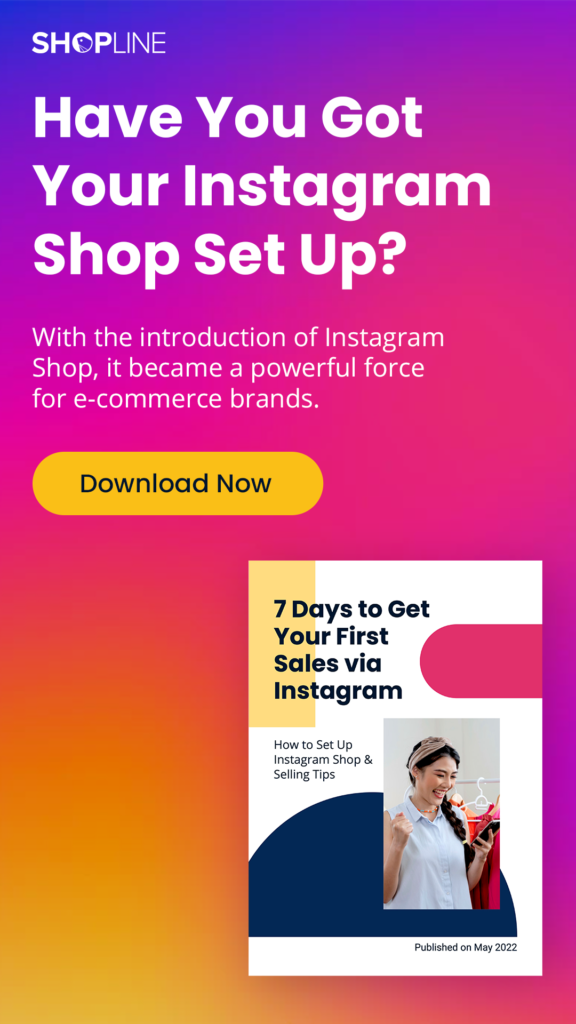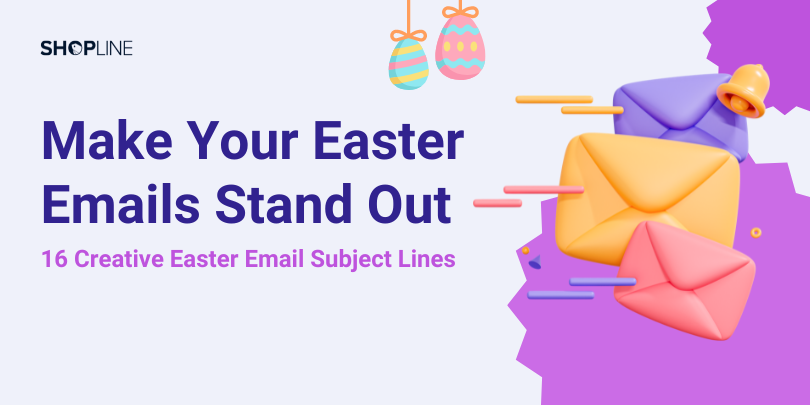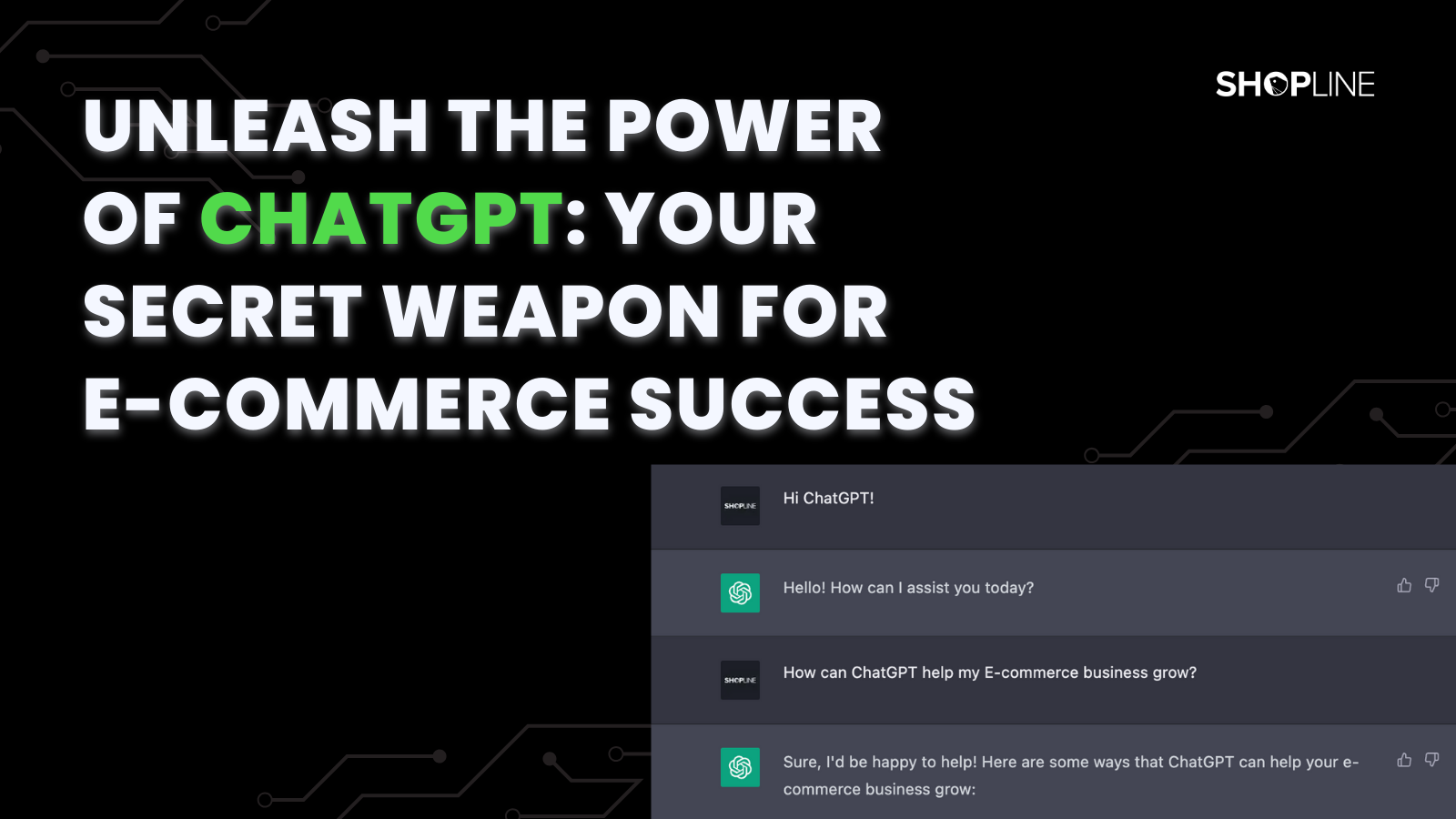Quick Introduction of the Influencer Marketing Trend
Research has shown that the influencer marketing trend will continue to grow in 2021, and brands will cultivate long-term relationships with influencers. Back in 2019, 63% of brands said they plan to increase their budget for influencer marketing over the next 12 months. And over the past three years, Google searches for “influencer marketing” grew by 1,500%.
With the stats proving rapid growth of marketing budget into Influencer marketing, it’s no secret that brands are looking at a significant amount of ROI from the influencer. Nearly 90% of all marketers find ROI from influencer marketing is better than other marketing channels.
In this article, we will cover everything you might be curious about influencer marketing, such as how to create an influencer marketing plan, how to find an influencer that’s suitable for your brand, what are some effective marketing tactics and more.
What is Influencer marketing?
Before getting into the know-how of influencer marketing, you first need to know what is an influencer.
[ Source: Influence Marketing Hub, mediakix ]
Why is it Important to have an influencer marketing plan?
Implanting an influencer plan into your marketing strategy can be helpful for brand exposure, revenue, and other obvious reasons we will further expand in below:
1. Exposure
Besides advertisement, the most effective way to reach your target audience is through social influencers; they not only help you to increase your brand awareness but also helps you with quality leads. More importantly, ensuring that you’re providing valuable content that adds to their social media presence can ensure value on both sides.
2. Fresh Perspective
Influencers want to inspire their audience or keep them engaged with the content provided. Influencers themselves have a strong personality or image that could be beneficial for your brand of delivering a new perspective of how people may view your brand, and perhaps expand your audience unexpectedly.
3. Increase Credibility
Traditionally, brands would hire a famous spokesperson with a high reputation to endorse their products or brand name. However, it can be dangerous once the brand image is heavily linked to the spokesperson, and later he/she is engaged in scandalous events.
Brands can work with different kinds of influencers, such as social media influencers, bloggers, YouTubers, and more to share the risk. Influencers these days are highly selective when choosing brand partnerships, which adds authenticity to sponsored content and able to deliver organic sponsored messages. Moreover, on YouTube, 70% of teenage subscribers say they relate more to the platform’s influencers than traditional celebrities.
4. Drive Engagement
The audience won’t necessarily like to interact with your brand, but they sure love to engage with your influencers. An Influencer mentioning you on social media is an excellent way of exposing your brand to a broad audience. Brand engagement and awareness are two critical goals that go hand in hand. Setting a goal to increase social media likes, comments, follower count, and use of hashtags are ideal benchmarks to measure the success of an influencer campaign.
5. Drive Conversions
Influencers are trusted by their followers, and their opinions have high-value and reliability. Among the advantages of influencer marketing, consumers often look to influences for advice on what products and services to buy. For example, in the YouTube community, many YouTubers have leveraged unboxing and review videos to gain views and sponsorship. In those videos, the host will test use the products they got, make product comparisons, and share their experiences of how they think the product performed. In a study, roughly 40 percent of respondents said they purchased after seeing a social media influencer use the product or service.
Effective Influencer Marketing Tactics
1. Product Review & User Generated Content:
When you leverage influencers to share messages about your brand, it spurs customers to do the same to share testimonials on social media. User-generated content is created and shared organically by users and customers. In influencer marketing, your campaign goal might be to encourage user-generated content so these fans or brand users can influence in their networks of friends and family.
Take Away, a luggage company, for example, unlike traditional luggage marketing, which focuses on the functionality or brand name of the product, Away’s marketing associates the product with a well-traveled lifestyle. With a strong focus on influencer and user-generated content on social media, builds awareness and boosts engagement with their company, where organic posts and user-generated content are how most people find out about the brand. Most of the images don’t feature Away’s product. Rather the focus is on inspiring customers to travel more.
[pic]
2. Influencer Events
Inviting your influencers to attend offline events is also a great way to increase brand exposure and engage with the audience. One way to achieve this is to build a community with a new audience; ask your speakers to do an Instagram takeover each day at your conference or event. The influencers will instantly become brand ambassadors for your brand and can give your online audience a behind the scenes tour. Also, make your event visually appealing to your audiences to share their selfies with branded hashtags.
3. Brand Takeover & Brand Mentions
Another effective influencer marketing tactics is to do multiple brand mentions on social media, inviting an influencer to speak during a session at your conference, hosting a giveaway with tickets to your brand event.
4. Giftings & Competitions
If your influencer campaign goal is to drive brand awareness, exposure, and introducing your products to your target market. A competition or giveaway is a great way to collaborate with an influencer to increase engagement.
How to Find Influencers?
When working with influencers, you aren’t just creating a partnership that is only going to last a week or a month, or one that will end as soon as the campaign is completed. Once you have formed a good relationship with an influencer, keep it and nourish it. In this section, we will introduce the types of influencers, and how each of them could work best and add mutual value to both of your businesses.
Based on eMerketer.com, there are more than 500,000 active influencers are operating just on Instagram, with so many options, how can marketers find the right influencer to represent the brand?
Say if you’re launching a new product or service and currently on a search for suitable influencers, but know for sure how to start within, you can ask yourself some of these questions. What type of influence is most useful for my campaign? What’s my budget for influencer marketing? Who are you trying to influence?
To answer these questions, we first need to look into what’s the standard influence tiers are:

Source: mediakix
Take Instagram, for example.
-
Nano-influencers: 1K-10K followers
With the smallest followings, which make them the most approachable, their followers are mostly people they know personally, so the sponsored content would seem as genuine as advice from a friend, and will likely attract stronger engagement.
-
Micro-influencers: 10K-50K followers
These are typical influencers who are active on social media but don’t necessarily have a large following base. They could be anyone. They post products people would love, not because they’re paid to do so. Though fewer followers, they can drive better engagement. 82% of consumers would follow a recommendation by a micro-influence.
For brands, partnering with micro-influencers is also cost-effective and as productive as influencers with more followers.
-
Mid-tier influencers: 50K-500K followers
This tier of influencer usually has a particular focus on individual lifestyle, interest, or profession. These influencers are competent to work with since they have the reach and engagement.
-
Marco-influencers: 500K followers-1,000K followers
These are the key opinion leader in your industry; they have a wide audience range, which translates to more reach, and have a relatively low risk of fake followers. Their content is usually high-quality and is comprised of a focussed passion or topic.
Macro influencers also have a dedicated audience that has grown organically over time. Besides, macro-influencers are cost-effective in terms of the reach and convert you receive for the investment. With high-quality content produced on professional equipment, they have honed their message and tone of voice.
-
Mega-influencers: 1,000K+ followers
They could be actors, musicians, celebrities, or anyone with over 1 million followers. However, mega-influencers probably won’t be effective in raising engagement rates with your audience. Rather than looking at follower counts, if your goal is to drive conversion rate. Then approaching mega-influencer is not your option, because they are considered less trustworthy. According to a survey, only 3% of consumers are influenced by celebrities to make product purchases.
How to measure Influencer marketing ROI?
However, it’s essential to keep in mind that an influencer’s engagement rate will often differ from different platforms.
-
Impressions
If brand awareness and exposure is your campaign objective, then impression is the most vital metric to consider. Collecting impressions from all social media and digital channels is critical to evaluate campaign KPI.
-
Engagement
If your influencer campaign goal is to build an engaged community, the engagements of the posts receive is your best measure of success. Engagements are the likes, comments, shares, retweets, and reactions a piece of content receives. They show how many people were engaged with the content, the message, and the brand.
Calculating the number of engagements is relatively easy as the metrics are all public, you have to add them altogether if you are working with multiple influencers within the one campaign.
-
Conversion
The primary goal for most organizations planning events is to generate leads and increase market share. You would want your influencer campaign to grow in sales. By collaborating with influencers and encourage you can give them trackable links to check out the results. Also, create a branded landing page and tie your influencer to measure the ROI.
-
Sales
Measuring the effectiveness of an influencer campaign where the goal is to increase sales can be measured in various ways. If the strategy involves an affiliate marketing code where you track each transaction and attribute it to a particular influencer or collaboration, it is effortless to access the effectiveness of the influencer campaign, as consumers will use a unique code to purchase.
When no affiliate link or discount code is involved, you can still measure an increase in sales by looking at your total monthly revenue and trends that occur over time. You can use Google Analytics to monitor monthly digital income, trends, and growth, or the in-built reporting tools in your eCommerce platform (however, the ability of these reporting functions can be limited). You should also use campaign URLs here too so you can attribute who is driving traffic that ultimately converts.





